From Bootleggers to Checkered Flags: The History of NASCAR
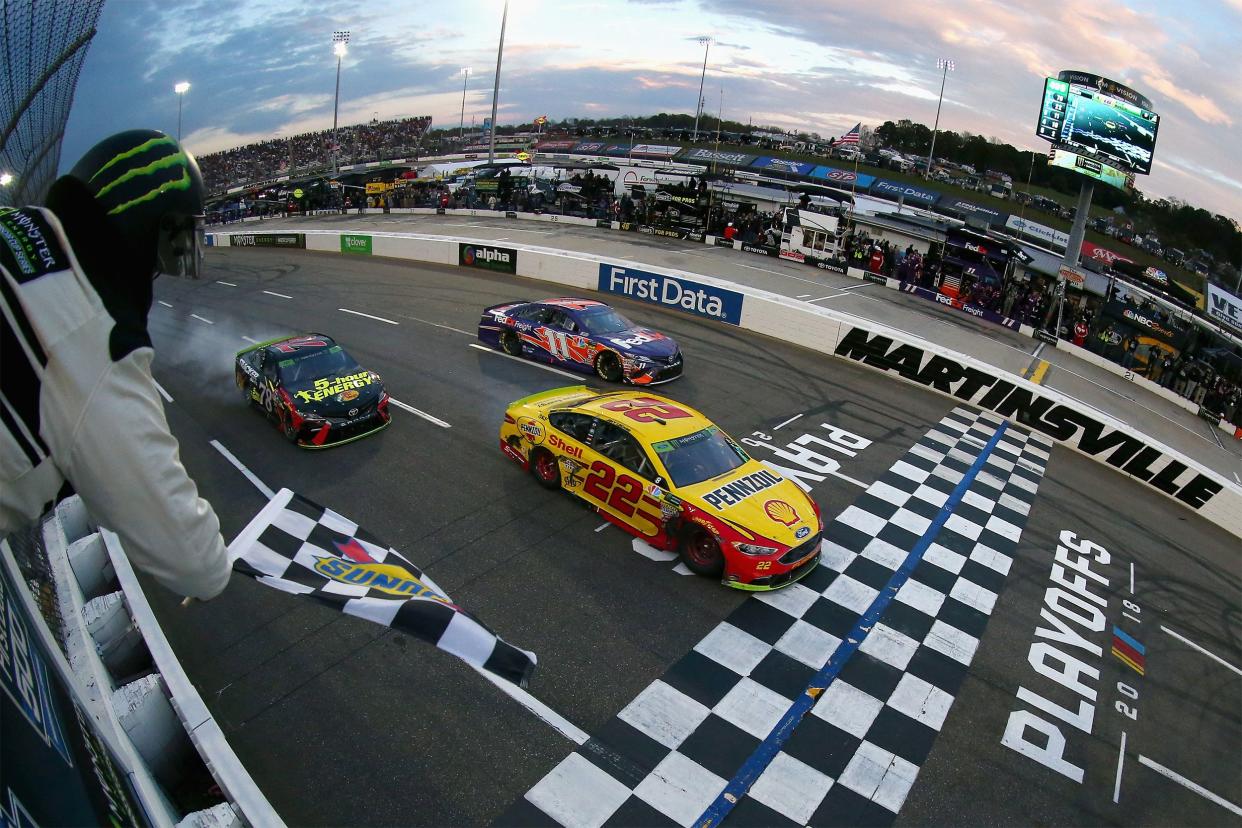
Start Your Engines
NASCAR is the biggest name in stock car racing and an America tradition with roots dating back more than a century. The embodiment of America's love affair with the automobile, NASCAR is fast, dangerous, and played for high stakes, just like the lives of the men who pioneered the sport in the early 20th century. A far cry from today's money-soaked, corporate-sponsored, globally televised NASCAR culture, stock car racing's humble roots can be traced to bold, daring men like Junior Johnson who raced souped-up cars with outsized engines, not for trophies, but to stay alive and out of jail. As we near this year's Daytona 500 on Feb. 18, here are some fun and funny details of how the sport got its start.
Related: You Can Drive an Exotic Sports Car at These 19 Race Tracks
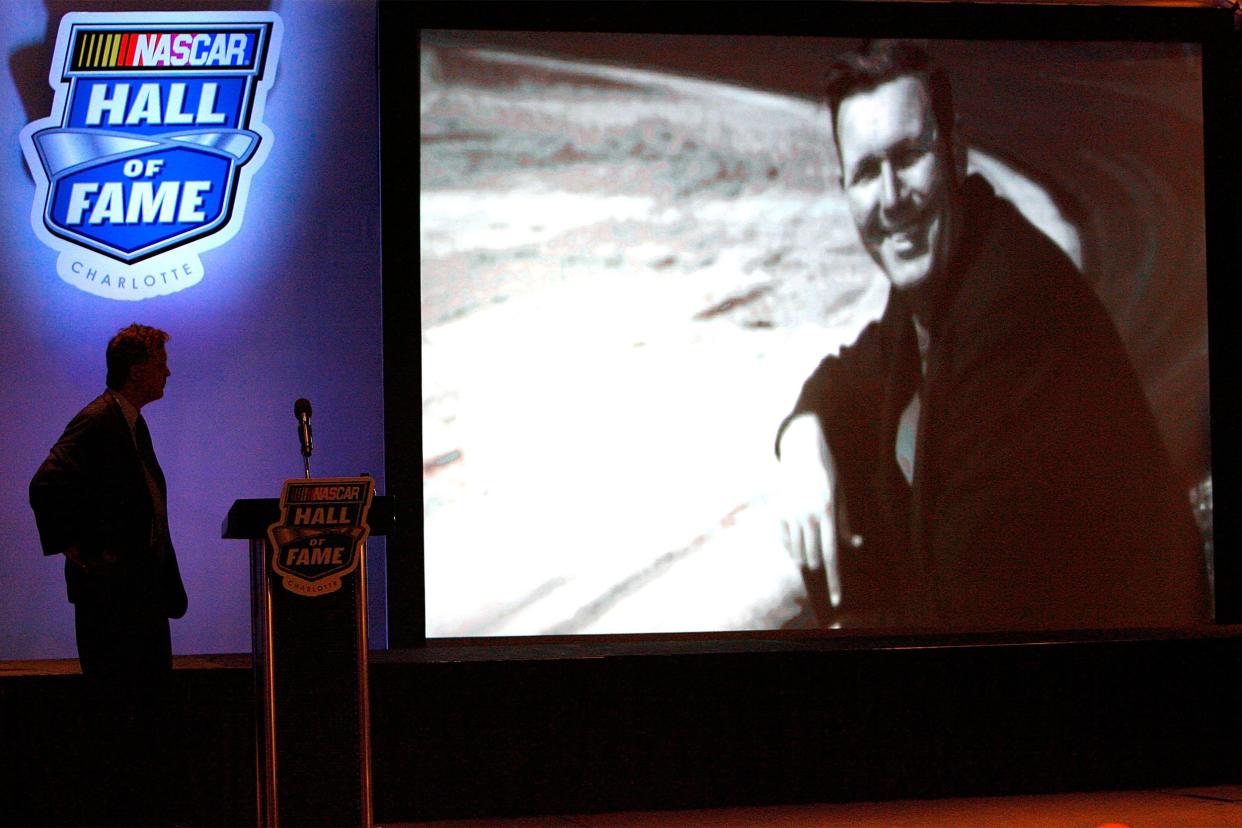
1909: Bill France Sr. is Born
In 1909, two things happened that would change racing history forever. That year, the Indianapolis Motor Speedway held its first auto race. The venue would become the global mecca of auto racing and the home of the Indianapolis 500, the biggest, oldest, and most-watched race in the world, and the best-attended sporting event in the United States.
Also that year, Bill France Sr. was born in Washington, D.C. France did not invent stock car racing — which is different than races between open-wheel, purpose-built race cars like those that compete in the Indy 500 — but he would become the man who made it an American tradition.
Related: 21 Great Car Museums and Car Shows Worth The Drive

1914: Cadillac Begins Mass Producing V-8 Engines
According to the auto site TopSpeed, the V-8 engine was designed by a Frenchman and first built by the British company Rolls-Royce, but it was Cadillac that first began manufacturing them on an industrial level in 1914. The configuration was a major advance for stock American cars, allowing for much more power and higher top speeds in bigger, heavier vehicles.
Related: Muscle Memories: 15 Ford Cars That Defined a Generation
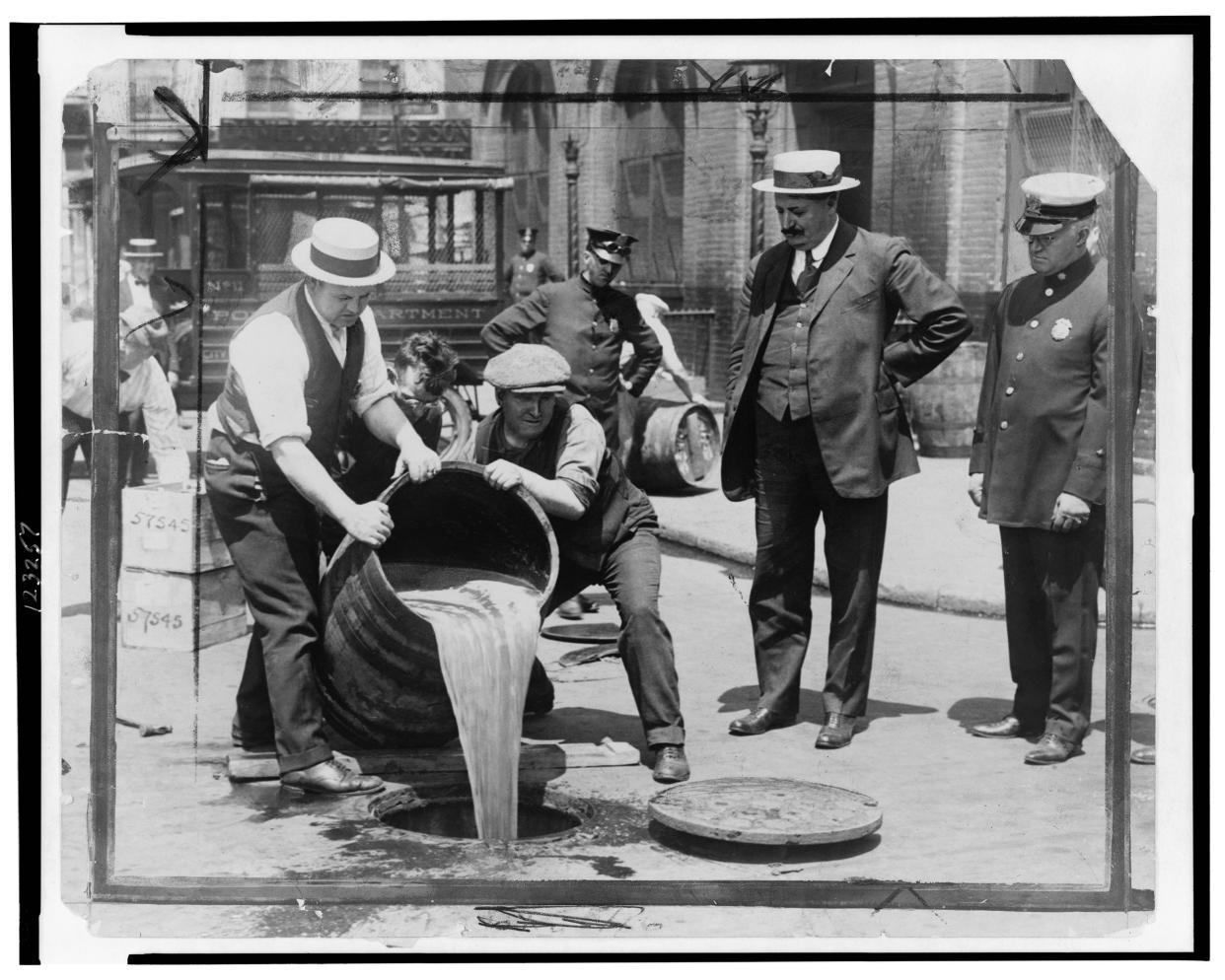
1919: Congress Ratifies the 18th Amendment
In 1919, the efforts of the long-running temperance movement came to fruition when Congress ratified the 18th Amendment. Prohibition went into effect the following year, making it illegal to sell and produce liquor, but America kept right on drinking in underground juke joints, speakeasies, and other illegal drinking clubs. The black market for alcohol gave rise to the modern Mafia as violent gangs battled for control over the lucrative illegal booze trade.
Related: 28 Cool Secret Restaurants and Speakeasies Across America
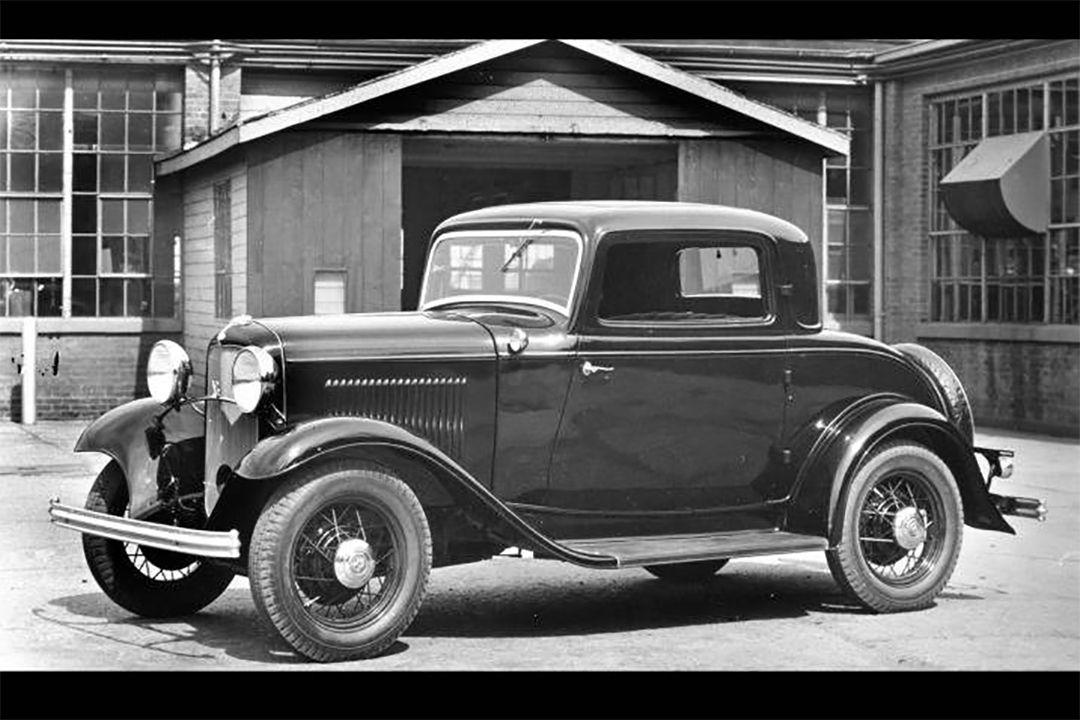
1920s: Bootlegger Culture Breeds Racing Culture
The underground liquor trade relied on brave, skilled drivers to shuttle massive quantities of high-proof liquor from illegal stills, often located deep in the woods of remote areas, most notably the rugged mountain forests of Appalachia. The cars were rigged with souped-up suspensions so they wouldn't sag from the weight of the booze, and they were fitted with big, powerful V-8 engines to outrun the police, often at night through remote, perilous, and mountainous terrain at breakneck speeds. The dangerous work stoked a culture of competition among the bootleggers, each trying to establish his or herself as the best, most daring, and fastest of the iron-nerved outlaw renegades.
For more fun trivia, please sign up for our free newsletters.
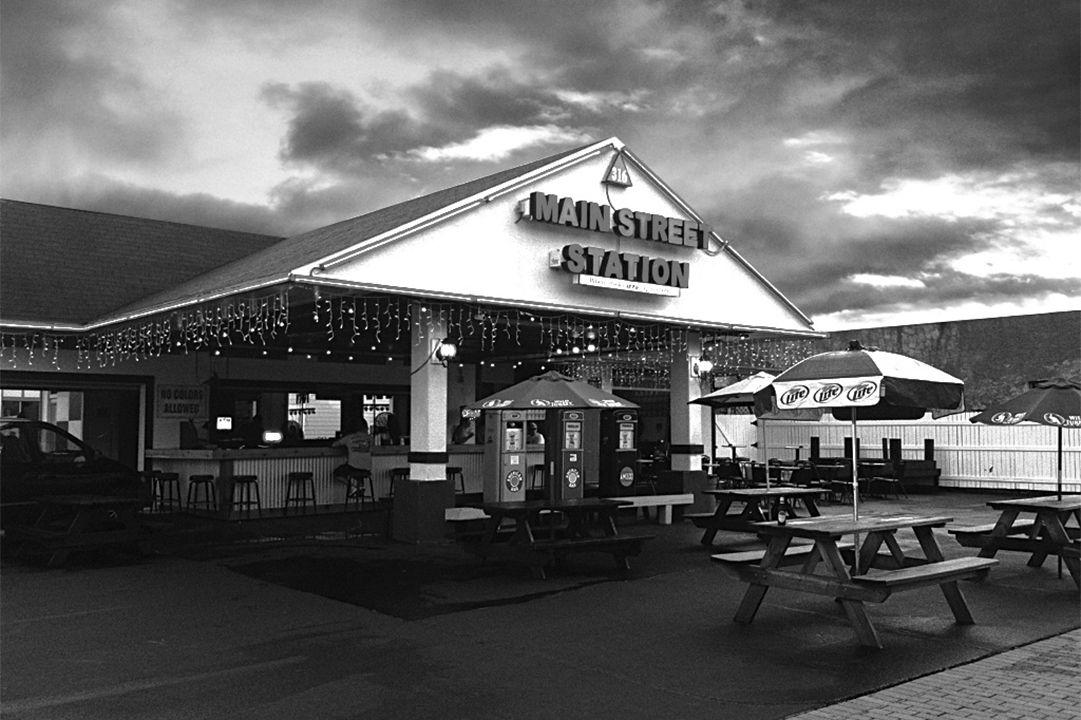
1935: Bill France Moves to Daytona Beach, Florida
In 1935, Bill France moved his family to Daytona Beach, Florida, to find what he hoped would be greener pastures during the Great Depression. What the service-station owner and skilled racer found was the epicenter of America's racing culture, a place where the best mechanics, drivers, and car owners converged to attempt to break land speed records. Shortly after, many of them left for the emerging scene at the Bonneville Salt Flats in Utah, where land-speed records are still broken today. France stayed behind and filled the void.
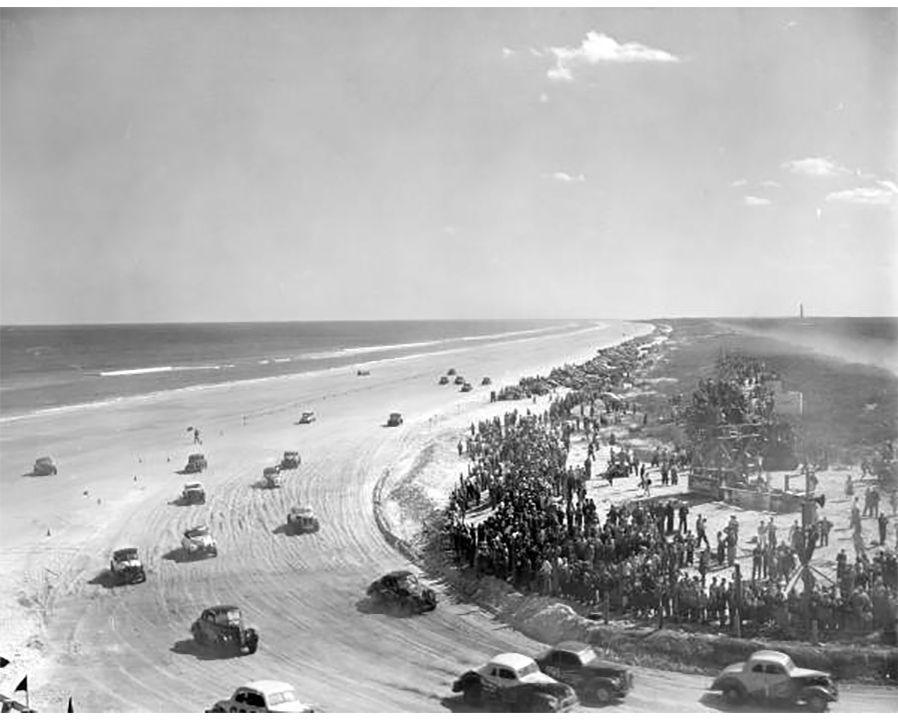
1937: Bill France Takes Over Daytona Beach Racing Promotions
After a Daytona Beach stock car race on a rudimentary beachside track proved to be a financial loser in 1936, France took over promotions for the race in 1937. Bill France Sr. was now the most important figure in the Daytona Beach stock car racing scene.
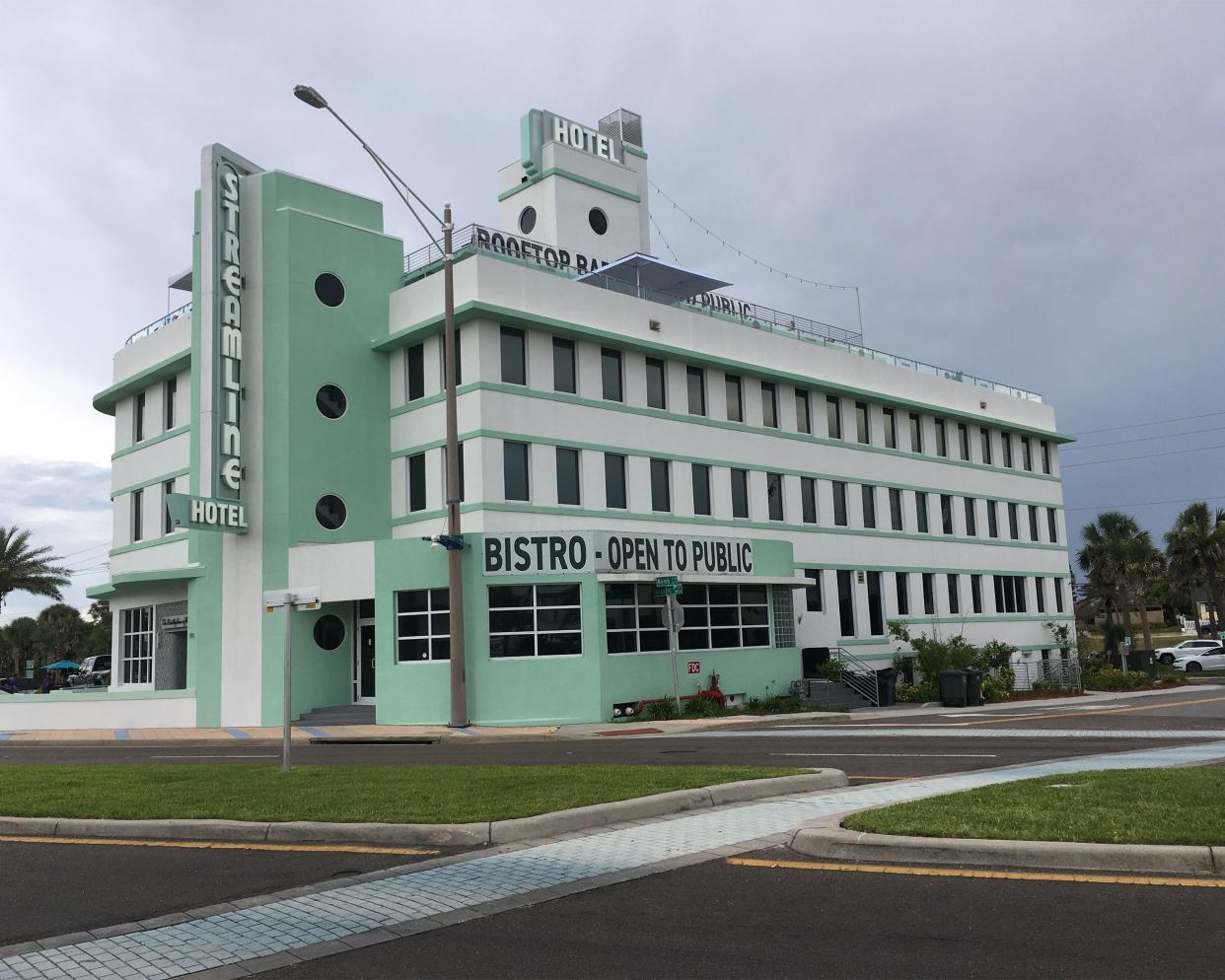
1947: Bill France Forms NASCAR
France spent the next 10 years building and promoting the sport, although there was a hiatus during World War II, and in 1947, he organized a formal meeting at the Streamline Hotel in Daytona Beach with like-minded businesspeople, financiers, and stock car racing's top mechanics, car owners, drivers, and promoters. At that historic meeting, France and his cohorts decided to think bigger, pool their resources, and form an organization to represent the sport. According to the Daytona Beach News-Journal, a mechanic named Red Vogt came up with the name National Association for Stock Car Auto Racing, or NASCAR.
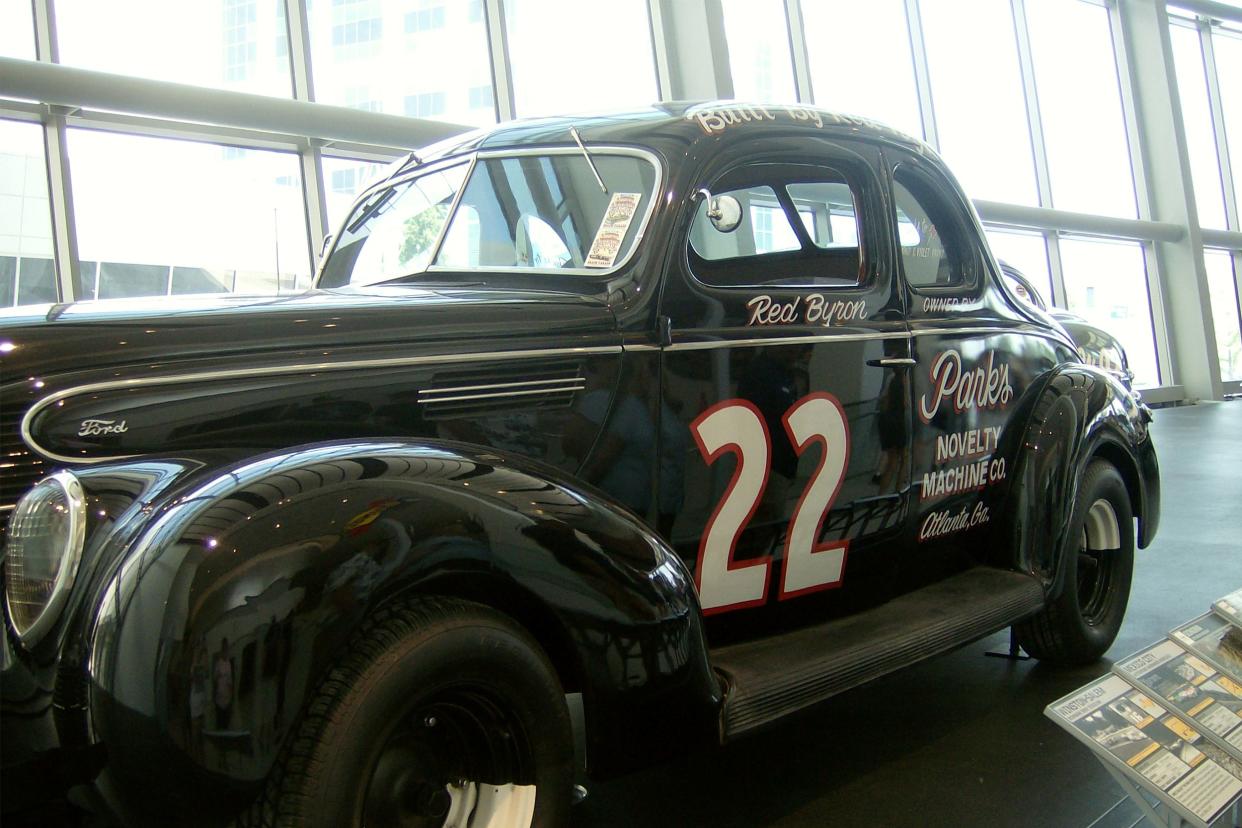
1948: NASCAR Runs Its First Race in Daytona Beach
Just two months after the historic meeting at the Streamline Hotel, the new NASCAR organization held its first official race, which was won by a World War II veteran, accomplished racer, and former moonshine runner named Red Byron, whose master mechanic was Red Vogt. Most, if not all of the drivers were rugged veterans of the moonshine trade who had to find a new outlet for their skills after Prohibition ended in 1933. NASCAR was incorporated a week later, and France was named its leader.
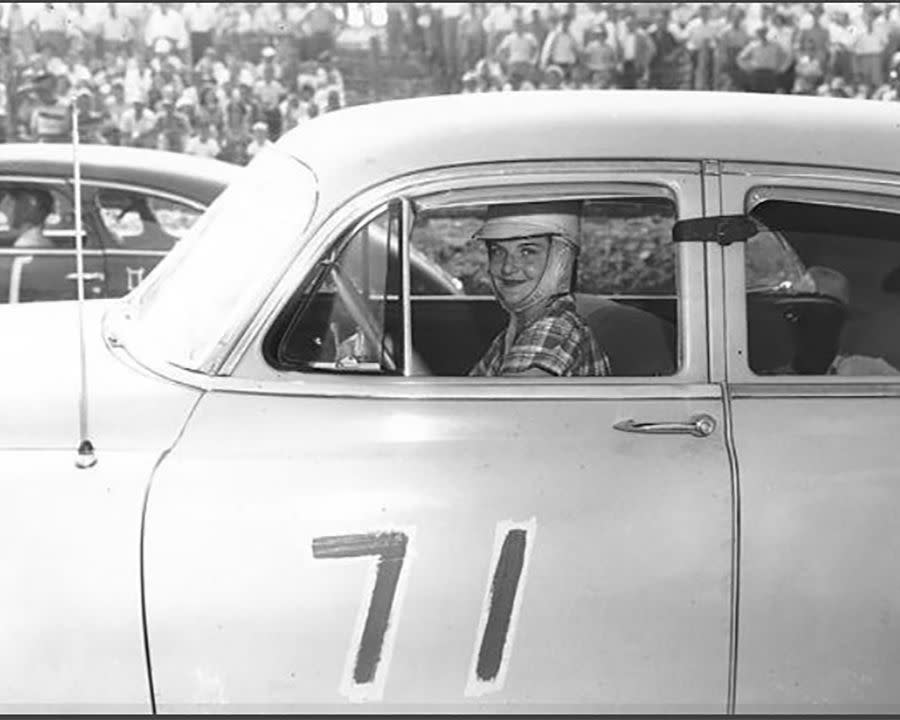
1949: The Championship Series Debuts
The event at the Charlotte Fairgrounds Speedway in North Carolina is called the NASCAR Cup Series today. At its inaugural run in 1949, however, it was called the NASCAR "Strictly Stock" race, an event that included NASCAR's first woman driver, Sara Christian, according to NASCAR. The race was part of the Strictly Stock championship, which Red Byron won in 1949.
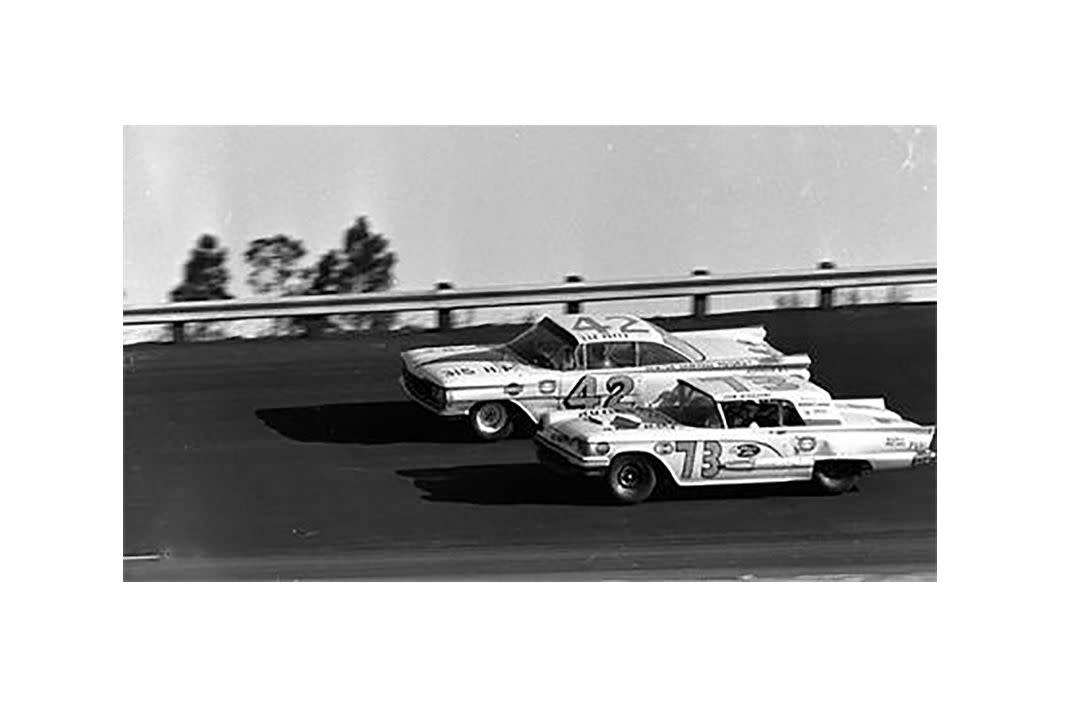
1959: Photo Finish at the First Daytona 500
In 1959, 40,000 people packed the stands of the high-banked, 2.5-mile Daytona International Speedway to see the first-ever Daytona 500. The race was so close it took more than 60 hours from the waving of the checkered flag to determine the winner, Lee Petty, whom Bill France Sr. crowned after reviewing newsreel evidence. Petty won by a mere 2 feet.
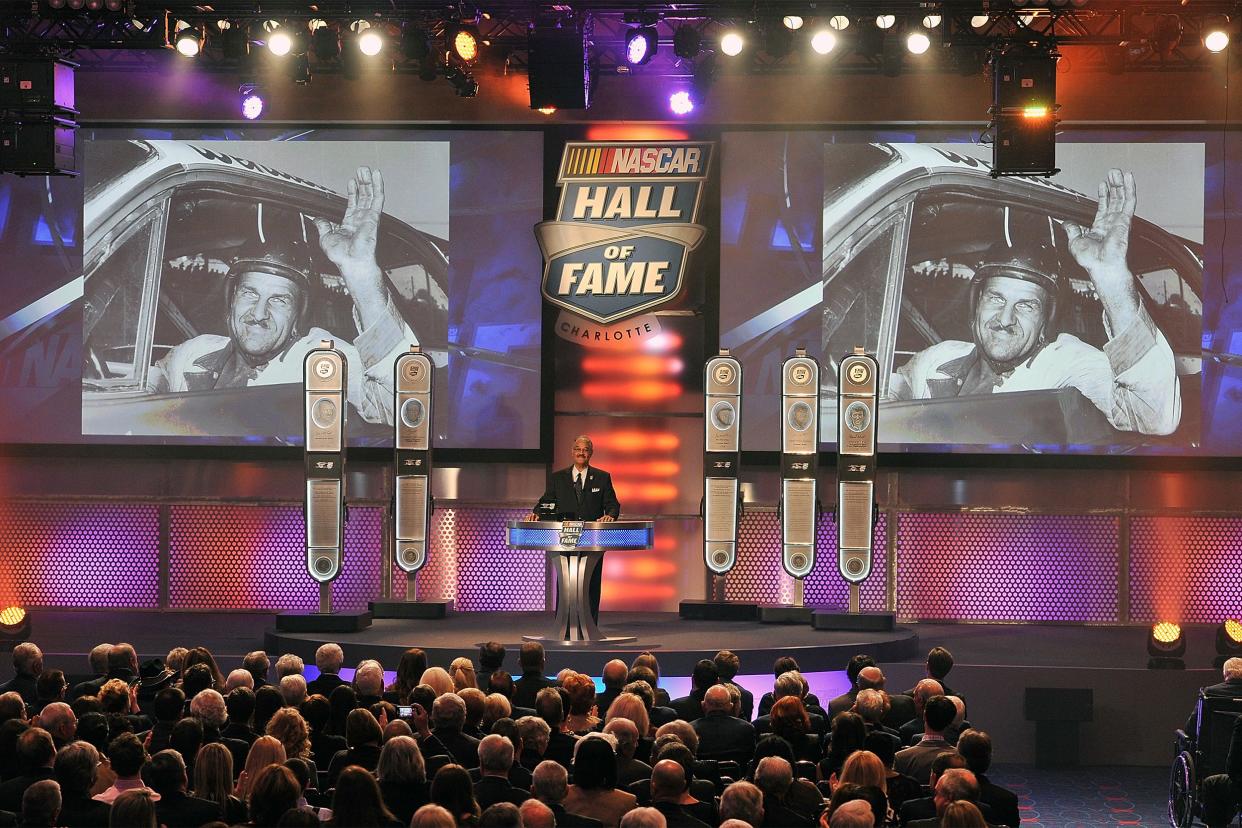
1960s and '70s: The Sport Expands and Diversifies
With a few exceptions, racing, like moonshine running, was a trade dominated by white men. In 1963, however, Wendell Scott became the first African-American to win a premier series race. In 1970, Bill France Sr.'s daughter Lesa France Kennedy joined the staff of the International Speedway Corp. In 1977, Janet Guthrie finished in 12th place as the first woman ever to compete in the Daytona 500.
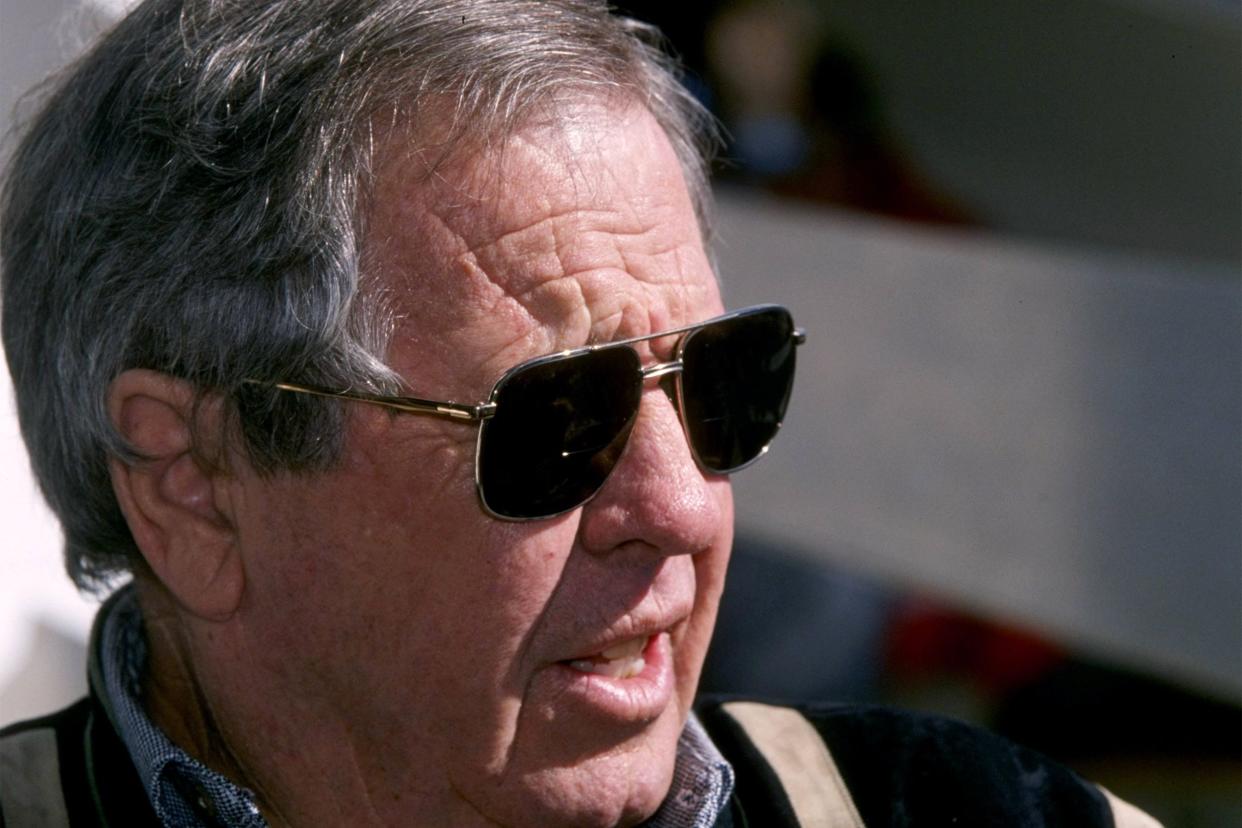
1972: The Guard Changes
In 1972, Bill France Sr., the driving force behind NASCAR and the godfather of America's racing culture, handed over the reins to his son, Bill France Jr. The junior France was NASCAR's second president. He would shepherd the sport through the remainder of the 20th century.
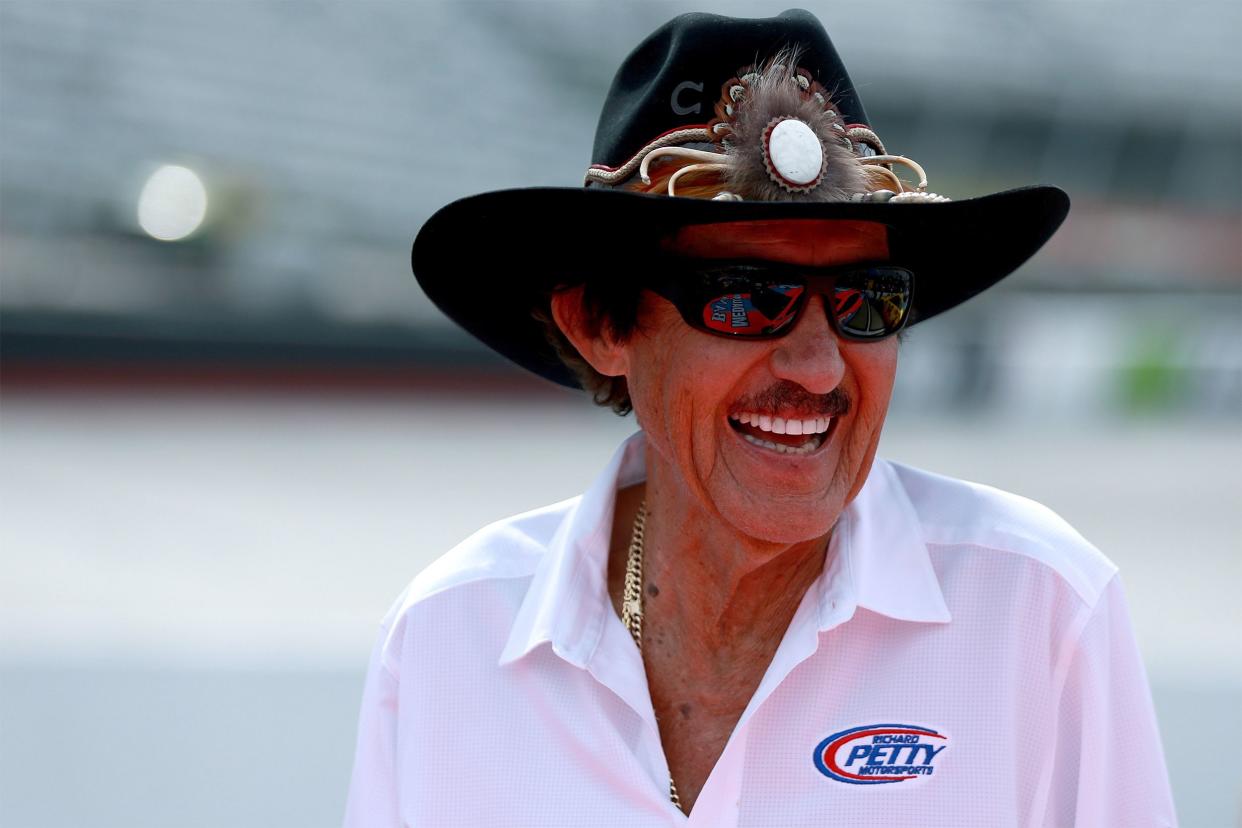
1979: A National Sensation
By the time Richard Petty won his seventh series championship in 1979, he was already NASCAR's first superstar driver. Five years later in 1985, he would earn his 200th win at Daytona, a record no driver has ever challenged since. Also in 1979, CBS broadcast its first flag-to-flag coverage of the Daytona 500.
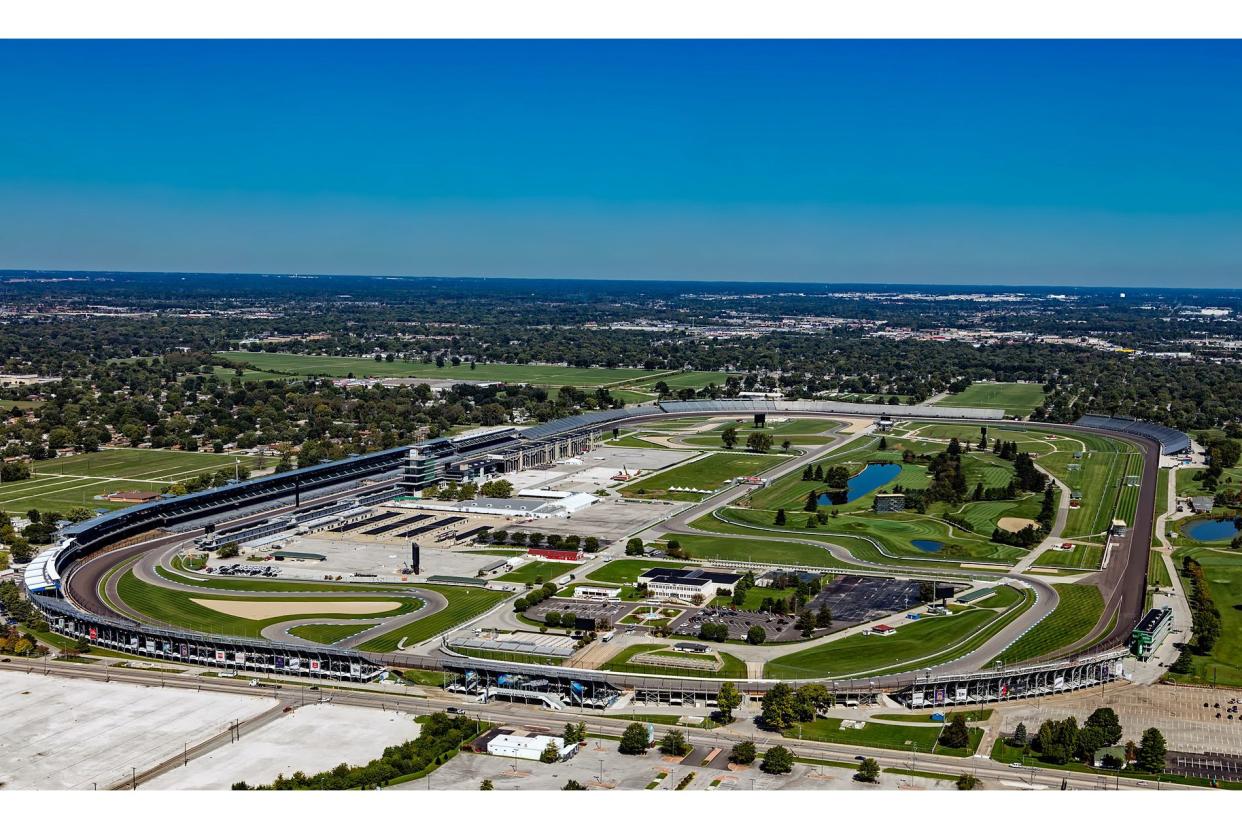
1990s: The Guard Changes Again
The year 1992 saw Richard Petty run his last race and upcoming superstar Jeff Gordon run his first. In '94, the Series expanded to the Indianapolis Motor Speedway, and Dale Earnhardt tied Petty as the second driver in history to win seven series championships.
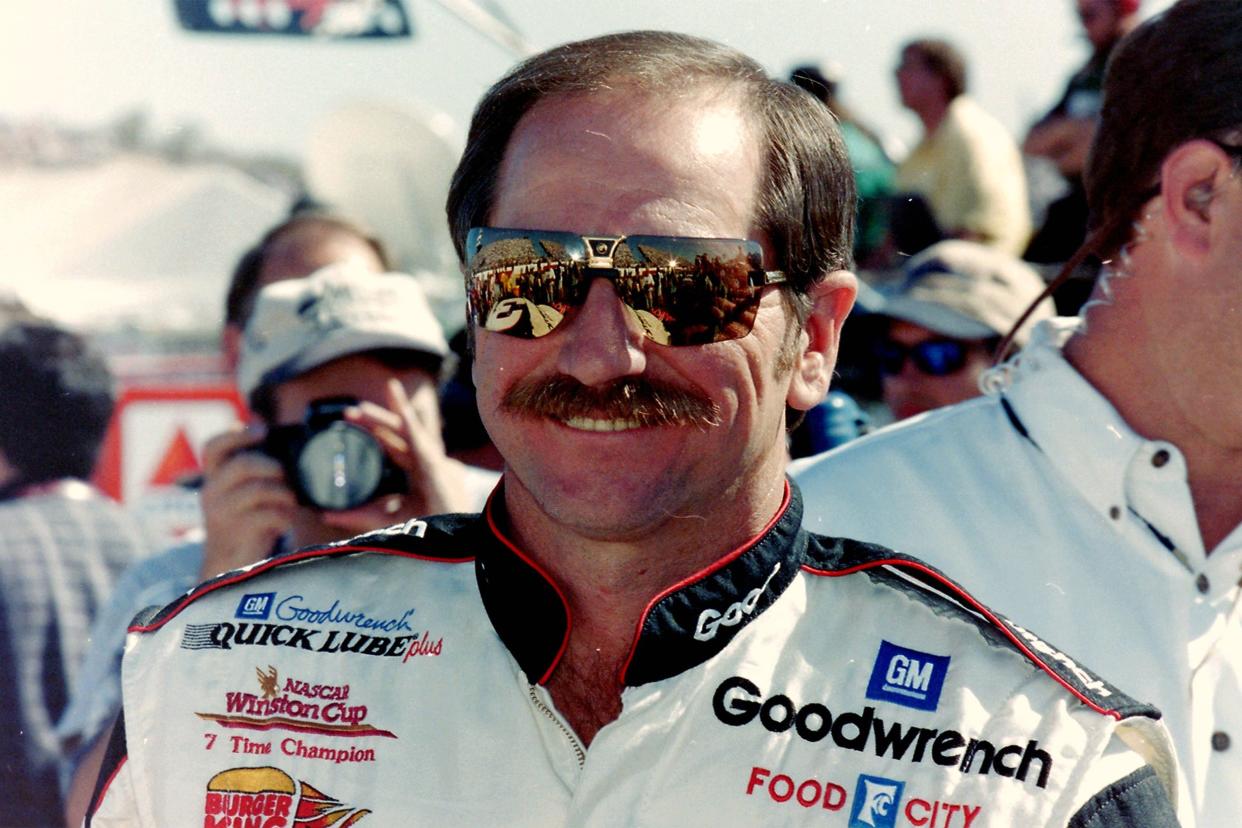
2000s: Change and Tragedy
In 2001, the racing world mourned the loss of Dale "The Intimidator" Earnhardt, who was killed when his famous car No. 3 crashed on the final lap of the Daytona 500 on live TV. In 2004, a new format called the Chase for the NASCAR Nextel Cup, now called the NASCAR Cup Series Playoffs, debuted.
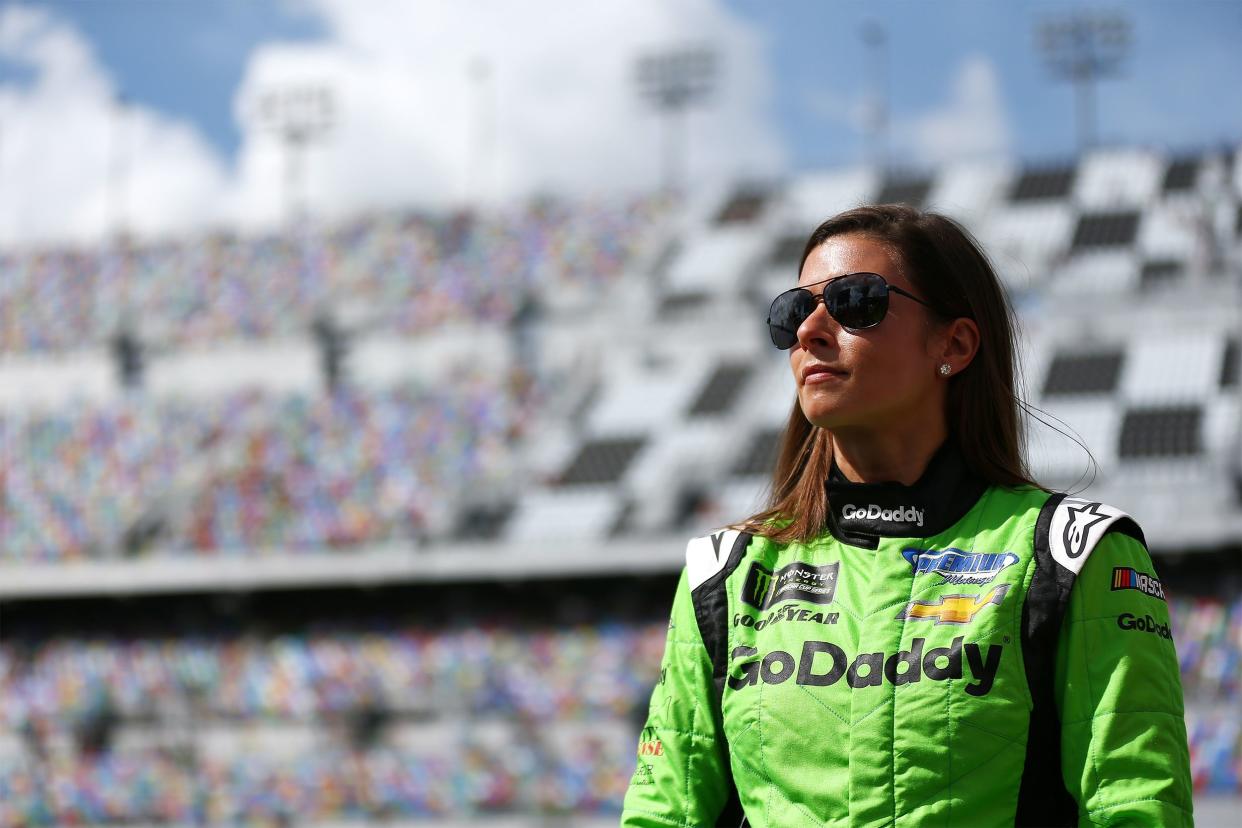
2013: Danica Patrick Makes History
Nearly 65 years after Sara Christian blazed a trail for female drivers, the sport heralded the arrival of NASCAR's first true woman superstar. That year, Danica Patrick made history when she won the Coors Light Pole Award at the Daytona 500. No woman had ever won a pole before.
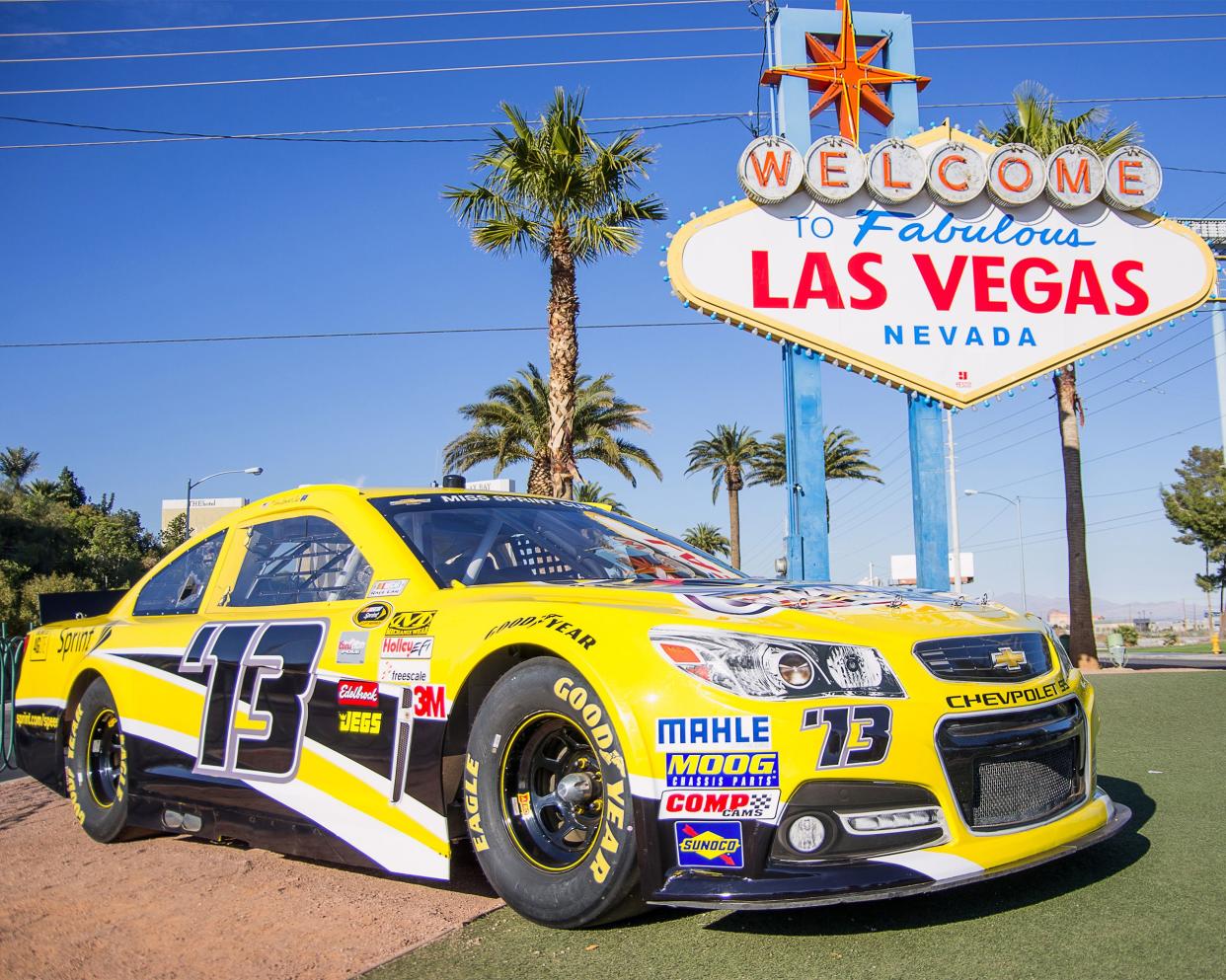
Present Day: A Sport in Transition
A bid in the 1990s to attract new fans led to changes that may have alienated traditional NASCAR loyalists as the sport strayed from its traditional Southern roots, according to CNBC. Sponsors have fled, promoters have struggled to sell tickets, and TV viewership has plummeted. Just 8.2 million viewers tuned in for the 2023 Daytona 500, less than half of the 18.69 million who watched in 2006, according to Sports Business Journal. Seeking new fans, NASCAR held a street race through Chicago last year, and currently there's a new five-part series “NASCAR: Full Speed” on Netflix. Time will tell if such promotions are up to speed and give NASCAR the boost it desires.
